Step-by-Step Guide: How to Land a Piper Seminole Safely
Pilot's Life Blog
JANUARY 5, 2025
This configuration provides the necessary power for both climb and cruise, while also offering valuable training for managing asymmetric thrust in the event of an engine-out situation. When learning how to land a Piper Seminole, it is crucial to understand the role of each engine in the approach and landing phases.



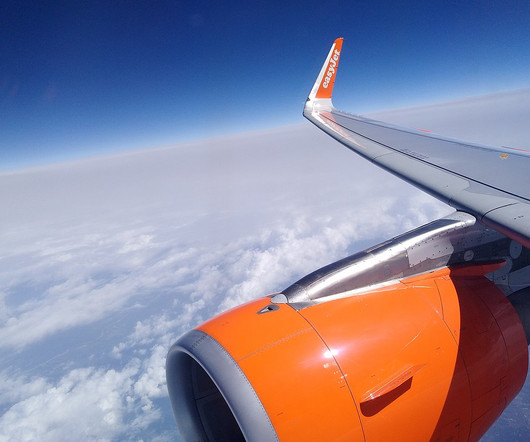
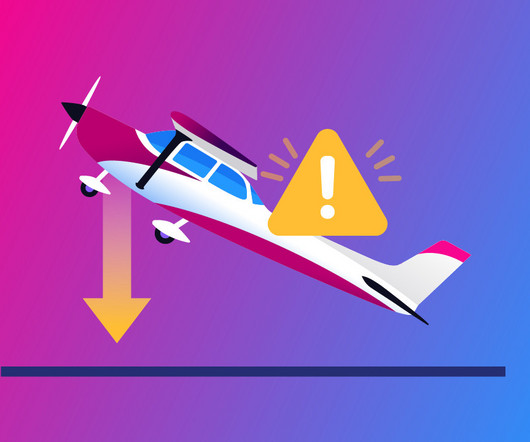

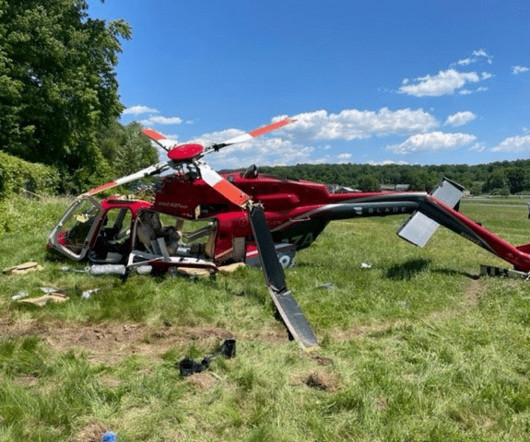


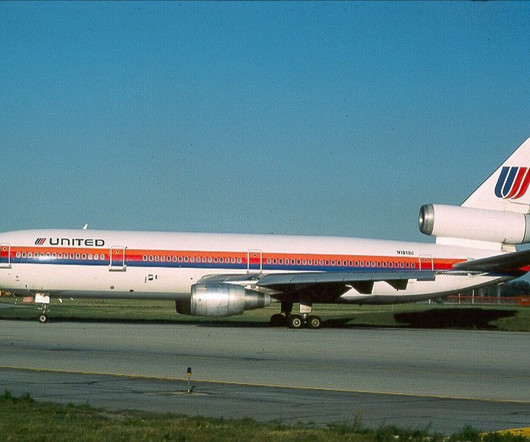


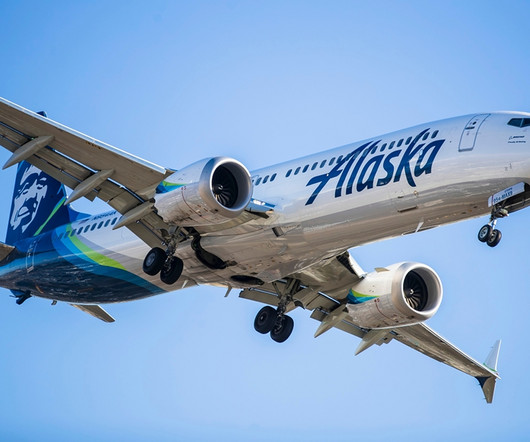






Let's personalize your content